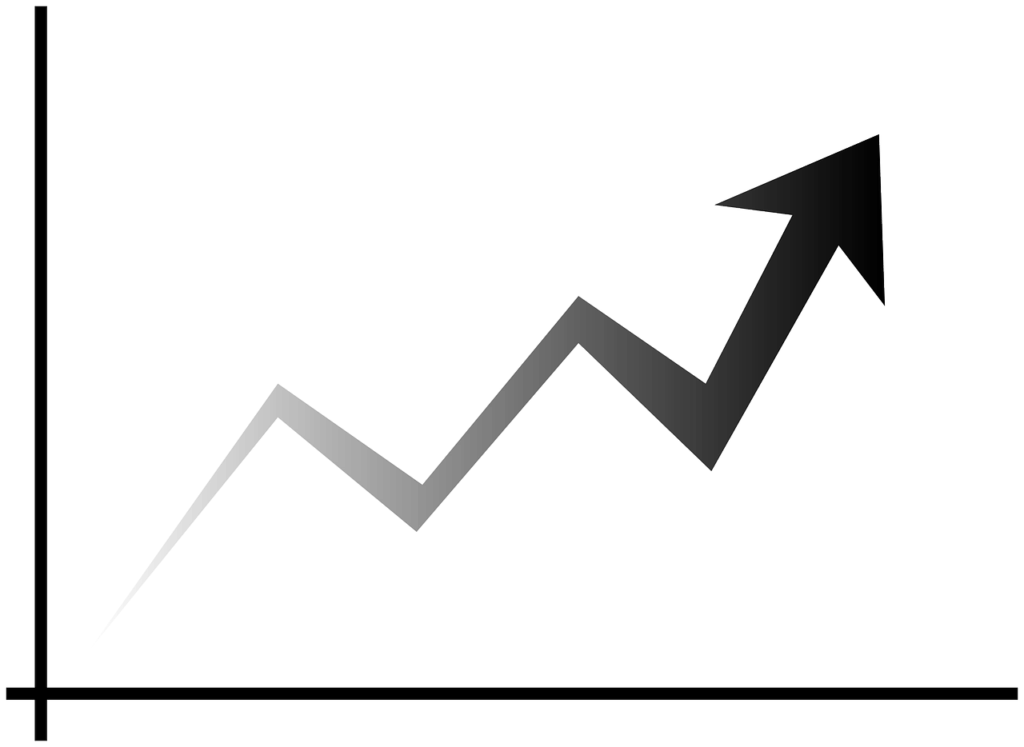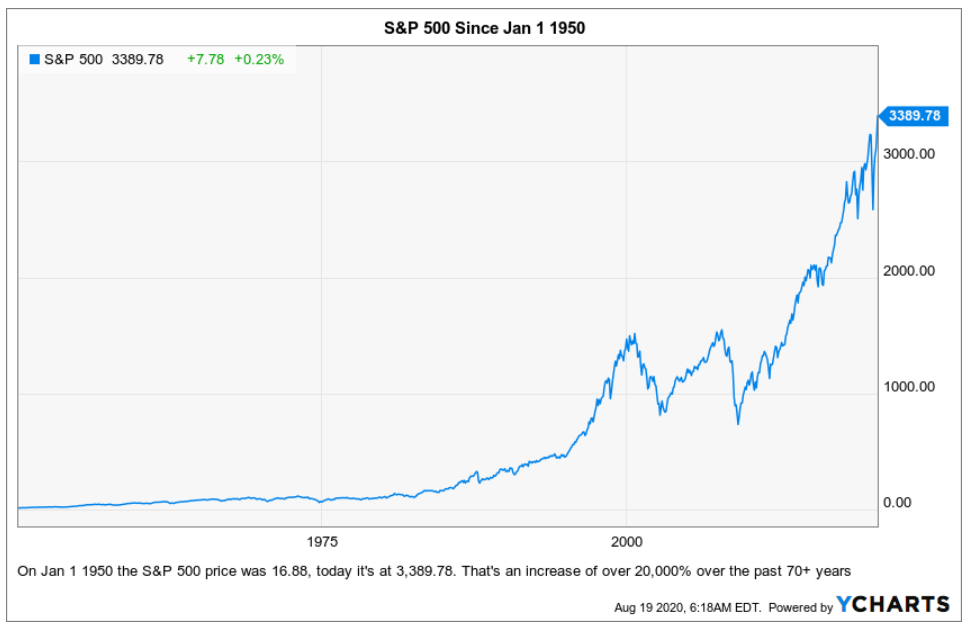[vc_row][vc_column][vc_column_text]
The S&P 500 rises to a record close, fully wiping out its coronavirus losses
With the US market hitting a new all-time high yesterday, I wanted to review one of my favorite sayings when it comes to investing:
“The Market Has Never Taken a Dollar from Anyone”
Whenever I mention this to new investors (and even seasoned investors), they’ll look at me and say “BS” (usually in a less politically correct tone). They’ll mention they know plenty of people who have lost money in the markets.
What do you consider lost money?
We need to start with what it means to “lose money.” For example, if you invest $100 in the market on January 1st and three months later that investment is now worth $80, have you lost money if you still own the investment? Or do you only lose money if you sold the investment for $80?
In my opinion, you have only truly “lost” money when you make a sale of an investment and realize that loss.
If you agree with my definition of “losing money,” then you’ll understand when I say “The Market Has Never Taken a Dollar from Anyone,” because had you invested in the US Market* at any point over the last 100 years and NOT SOLD, your investment would be up today.
This statement rings true whether you would have made this investment the day before the 1987 crash, on the eve of the 2001 “Dotcom Bubble” bursting, the morning prior to the 2008 Financial Crisis beginning, or while on lunch break the day markets started to decline 30% earlier this year.
“What if you don’t have a long investment timeframe”?
You may look at this and say, “Colin, this is all fine and dandy, but what if I don’t have years to invest”? I agree, that’s a legitimate concern. What if you need the money in 5 years and it’s still down? Life isn’t as simple as buying and never selling. You may need cash in the short term for various reasons, and therefore it’s very important to build an investment portfolio with varying income streams for different points in your life (see How to Properly Manage a Retirement Portfolio for an example).
However, the point I’m trying to make today is this: pick any past date on the graph above, had you invested then you’d be up today as we’ve yet again hit a new all-time high.
*You cannot directly invest in the US Market (S&P 500); you would need to purchase an ETF (exchange-traded fund) that tracks the S&P 500.[/vc_column_text][/vc_column][/vc_row]









